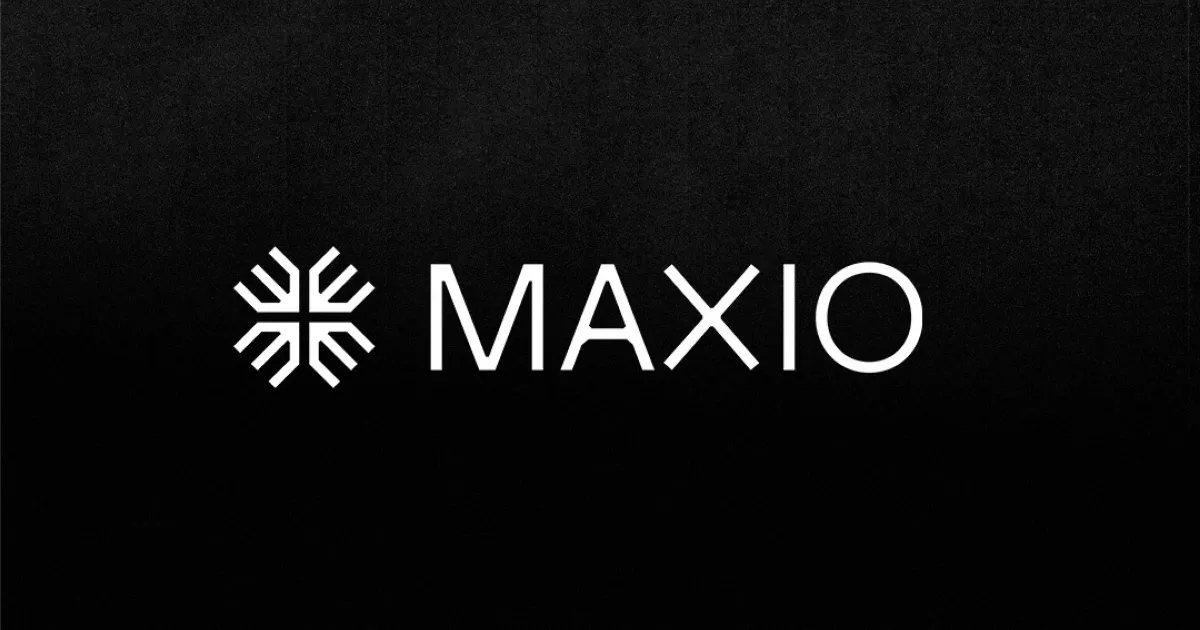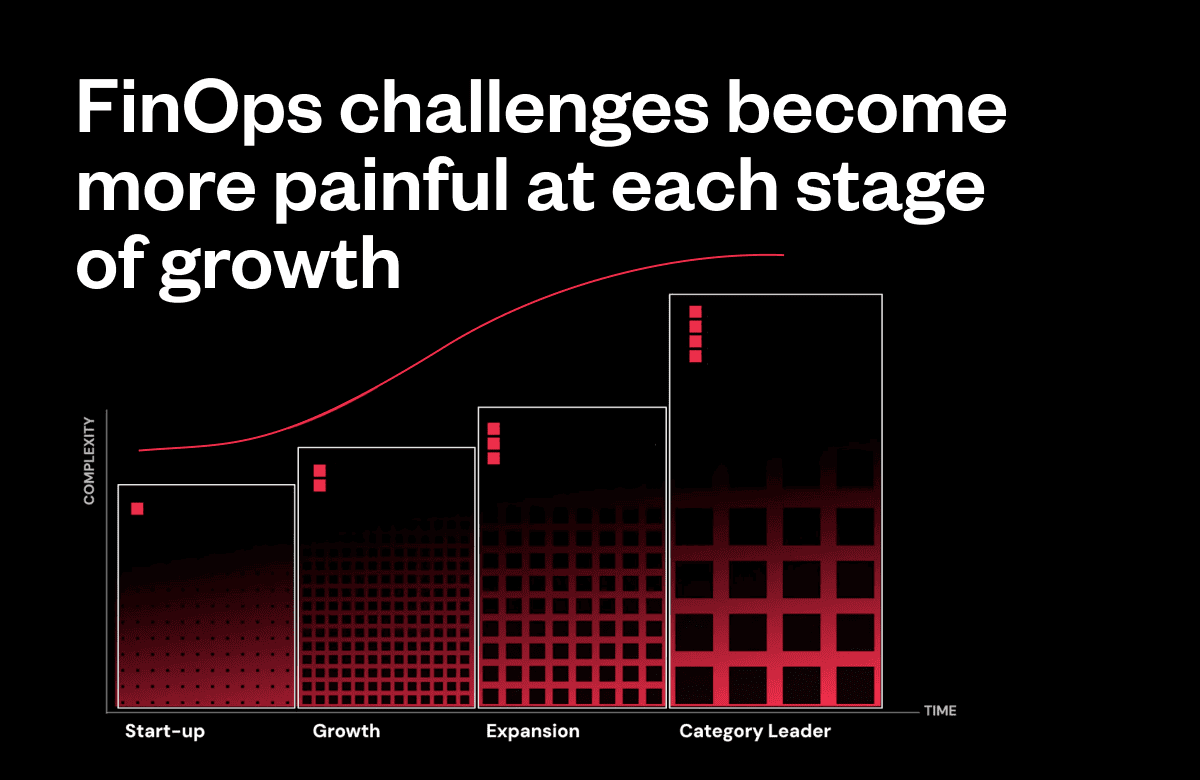Businesses across all industries seem to have a complicated relationship with millennials, and subscription-based businesses are no different. Most love the buying power and brand loyalty of millennials but struggle with attracting and connecting with them as customers.
Get ready to unlock the mystery — or have it unlocked for you, really. This millennial is spilling the secrets on how to sell subscriptions to millennials.
In this blog post you’re going to learn how to sell your subscription product/service to millennials:
- Align your product with a purpose
- Have a trial or freemium offer
- Have a high quality product & a seamless user experience
- Provide a self-service solution for problem solving
- Keep marketing messages short, to the point, and personalized
- It’s not just your product — millennials look at your entire company (including values and how you treat your employees)
Before diving into all the details of selling subscriptions to millennials, let’s quickly address who millennials are and why we’re so attracted to subscriptions. Marketers define millennials as people born between 1980 and 2000.
Why do millennials matter?
There are approximately 75 million millennials, and our buying power is tremendous. There are discrepancies between the numbers reported, but many cite our annual buying power at $600 billion. It is estimated that by 2020 millennials will be spending $1.4 trillion annually. You read that right. Trillion.
Clearly, that is the kind of buying power you want aimed at your subscription-based company. The good news is that millennials are already attracted to subscriptions!
Why subscriptions are attractive to millennials
Millennials have been called the “access generation” because we “value access over ownership” and we’re at the “forefront of the subscription economy,” says David Shiell, CEO at the digital agency House of Kaizen.
John Warrillow, founder of the Value Builder System, defines the access generation as “a growing cohort of mobile, technically savvy young people who value access over assets. They prefer to rent a home rather than own one; listen to a song on Spotify rather than buy it from iTunes; and subscribe to Oysterbooks.com or Scribd rather than buy from a Barnes & Noble store.” According to the American Press Institute, “87 percent of Millennials personally pay for some type of subscription.”
Subscription products and services also offer the “ultra-personalisation” millennials are looking for, according to Shiell. It certainly helps that millennials are already attracted to the subscription economy, but there is a lot of competition.
How to sell your subscription to millennials
Align your product with a purpose.
Think “purpose over price,” and focus your messaging on how your product/service will improve our lives. “Marketers need to speak to millennials in terms of our values,” says Ritika Puri.
We want to align with brands and products that “fit [our] personality” according to the 2015 Millennial Ranking Report by Moosylvania and Great Questions, LLC.
Asana has done this well. Puri calls Asana’s marketing message “inspiring and simple: “Do great things.”
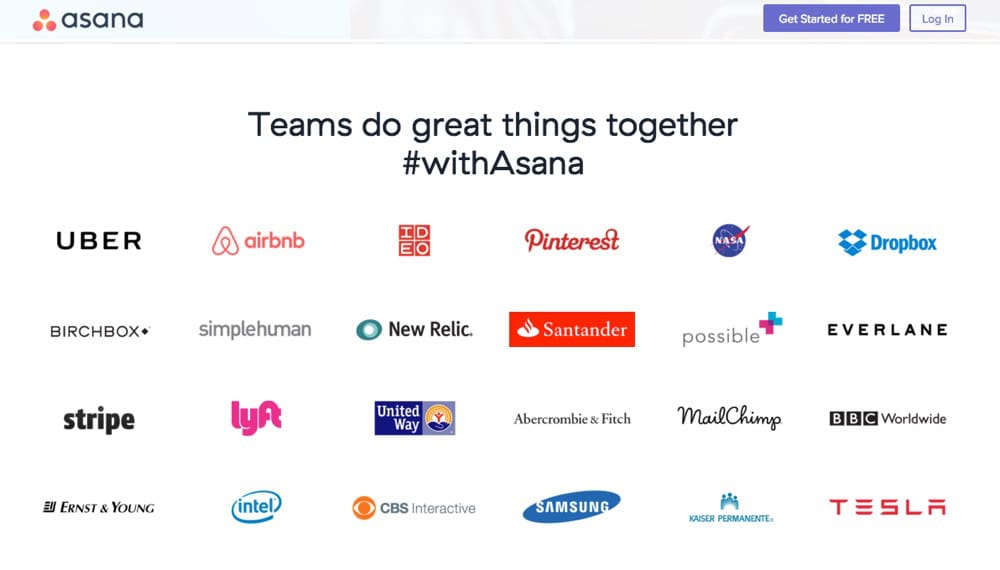
Have a trial or freemium offer.
AOK Marketing CEO Dave Burnett says one of the most important things to millennials is “to experience what a brand has to offer before they lend it their dollars or support.”
According to Burnett, the freemium pricing model “is an example of a millennial-friendly business-to-business deployment” which allows us to experience your product prior to purchase.
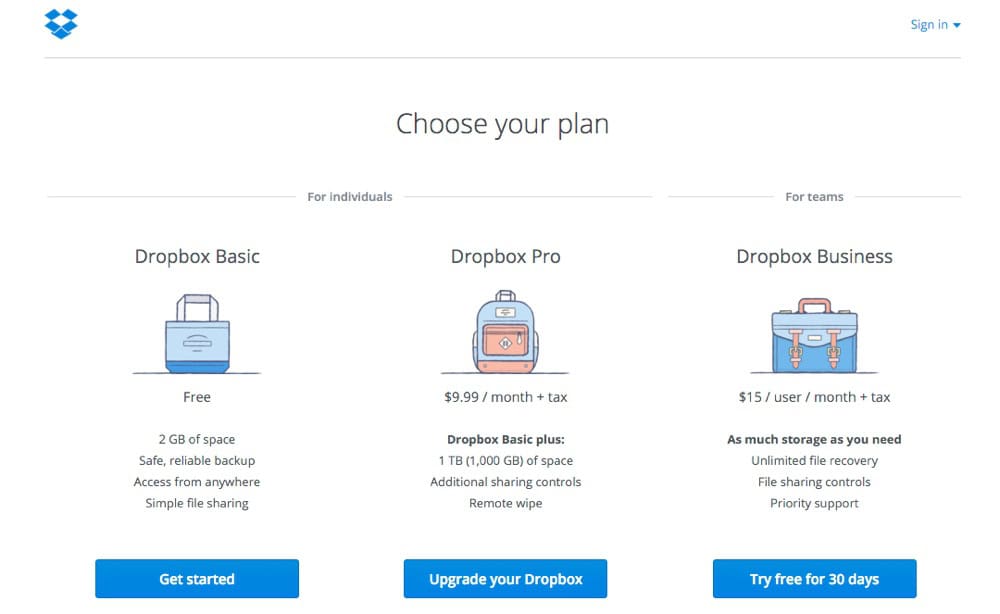
Dropbox’s freemium offering allows “users to see how easy it is to backup and share their files using the Dropbox platform,” says Sujan Patel, co-founder of Right Inbox. Dropbox is further attractive to millennials because they allow backups from anywhere, including mobile devices (where we spend the majority of our time).
Have a high quality product with a seamless user experience.
The need to have a high quality product may seem obvious, but it is important to realize how much we take it into account. In the 2015 Millennial Ranking Report, high quality products were what mattered most to 75% of respondents. And the user experience needs to be exceptional.
Can we figure out how to use a clunky interface? Sure. But we’re not going to take the time to do that.
AnswerDash co-founder and CXO Jake Wobbrock explains millennials “are experts at finding alternatives and they simply won’t put up with bad user experiences that get in the way of accomplishing their tasks NOW.”
Be clear that every point of the customer experience (paying particular attention to onboarding) should be seamless, efficient, and outstanding. We “use multiple devices at once,” so your user experience needs to also be seamless across all devices.
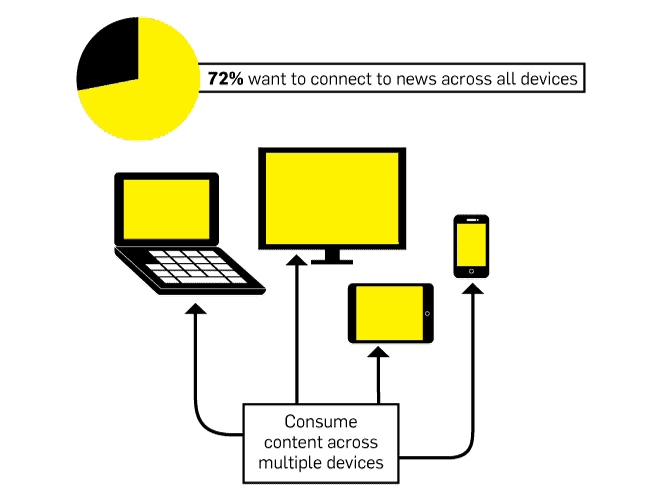
This is good news for SaaS companies, because SaaS products allow access from any device.
Provide a self-service solution for problem solving.
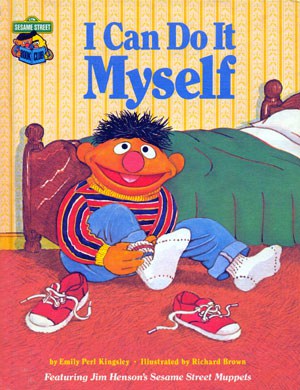
When there is an issue we would like to be able to solve it ourselves. This means that while your company may have live chat, phone, and email support options, we aren’t likely to reach out via those methods.

Source
“Therefore, the future of engaging these users hinges on providing fast, efficient website self-service options that give millennials answers at their fingertips,” explains Wobbrock.
If self-service doesn’t sound very, well, helpful, take a moment to think about it from another angle. “Customer service reps for a company are normally providing assistance based on information given to them in a user guide. Giving a customer access to the same information eliminates the need for sitting on the phone or waiting for an email reply,” writes Peter Roesler, president of Web Marketing Pros.
Self-service solutions are also cost effective for your subscription business. “Manned support can cost up to $12 per contact, while self-service solves problems at 10 cents or less,” according to Forrester Research.
That “companies need to quickly address the customer engagement preferences of the Millennial demographic or risk going out of business,” was a key takeaway from a recent study by Aspect Software.
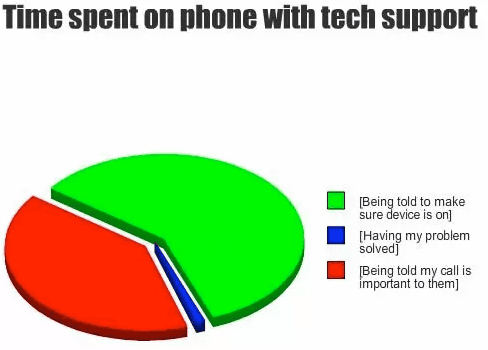
To give you an idea of how important self-service options are, the same study found that “nearly a third of consumers would rather clean a toilet than talk to customer service” (their words, not ours).
Atlassian has been praised as “one of the biggest successes in the self-service SaaS model.” In the first few years they grew to $100 million in revenue without employing any sales people. At the end of 2015 the company had a $5.8 billion valuation.
Below you can see the variety of self-service options Atlassian provides. Notice the copy specifies “find answers quickly without having to pick up the phone” and “quickly find an answer through self-service resources.”
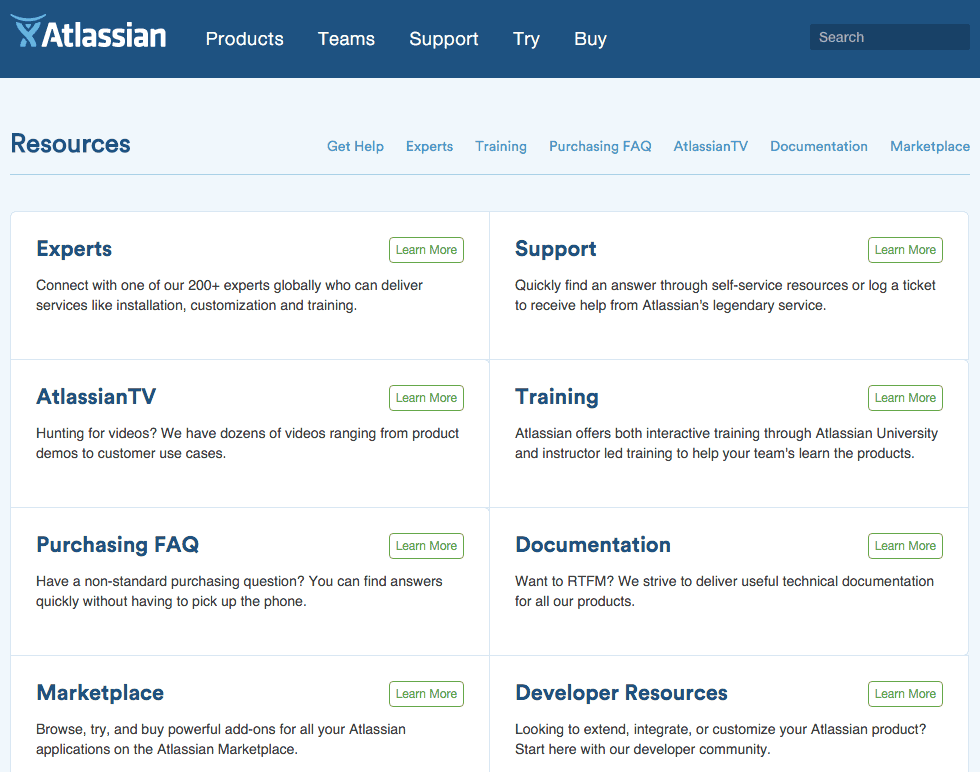
Remember that efficiency is key to the access generation. If we can’t find the answer to our question quickly, 52% of us will “abandon online purchases.”
Keep your marketing short, to the point, and personalized.

Bill Murphy Jr. is more direct: “Make your point and then shut up.”
We are multi-taskers, glued to our cell phones, dealing with what feels like a million different things going on at once. We don’t have time for the extended version of your message, but we do want your communication to be personal.
When you’re communicating with us, “tell us exactly what to do, what to expect, and what we should expect to get. The minute we get confused, we churn,” explains (fellow millennial) Puri.
We grew up with Google, so we’re natural researchers and we’ve done significant research on your brand and subscription product/service long before you’re even aware of us as a potential customer. That kind of research turns the traditional sales cycle on its head, and many millennials are “as much as 57% of the way through the buying process before actually engaging with a seller.”
Savvy subscription-based businesses also understand they need to reach and engage millennials where we are — social and mobile.

“It is critical for modern sales organizations to learn to sell where buyers are, and most importantly by engaging buyers where they do their research,” says Grosse. A large part of our research is looking to see what our friends have to say about you and reading reviews. “Millennials are more likely to trust information found in social communities because they believe they provide more accurate, authentic information — 62% of millennials say that if a brand engages with them on social networks, they are more likely to become a loyal customer.”
And that’s not all…
It’s not just your product. Your entire company matters.

We want to know what you stand for. What are your company values? More importantly, millennials want to know if your company values align with their own. How does your company make a difference globally and locally? Do you give back to the community? All this matters to us.
According to Moosylvania’s 2015 Millennial Favorite Brands Ranking Report, “brands that market with a strong, positive message and display a sense of social responsibility show that they care about what Millennials care about.” That’s not only important from an ethical stance, it is also important for your bottom line.
We also consider your subscription company’s overall culture and how you treat your employees (yes, we really do include this in our research before we purchase).
“For millennials, an organization’s treatment of its employees is the most important consideration when deciding if it it’s a leader in its field. They then consider its overall impact on society, financial performance, its record for creating innovative products or services, and whether it has a well-defined and meaningful purpose,” reports the 2015 Deloitte Millennial Survey.

Millennials looking at subscription company Stumptown Coffee Roasters will find they treat their employees and coffee producers very well, and they make a positive impact on coffee growing communities around the world:
“We don’t buy in bulk on a trading floor. We buy directly from the people who are making the coffee. It’s not a transaction; it’s a partnership. If someone is growing the quality of coffee we’re interested in, then we will help them in any way we can. That means regular visits (even though that trip can take up to four days), implementing new techniques and equipment, and forming long-term partnerships.
We shoot for sustainability, and not just in the environmental sense. A sustainable coffee producer is someone who is paid fairly for their incredible work and who can in turn encourage others to follow in their footsteps.”
Millennials “want to buy from people, not a corporation. The more consumers relate to your brand, the greater the chance that they’ll become returning customers,” writes Jordan Nowlin.
To sum it all up…
“When a great match is made, both sides benefit. The same is true when Millennials feel that a brand really gets them. Show the same interests, make them laugh, make them think, and back them up when they need it,” states Moosylvania’s 2015 Millennial report.
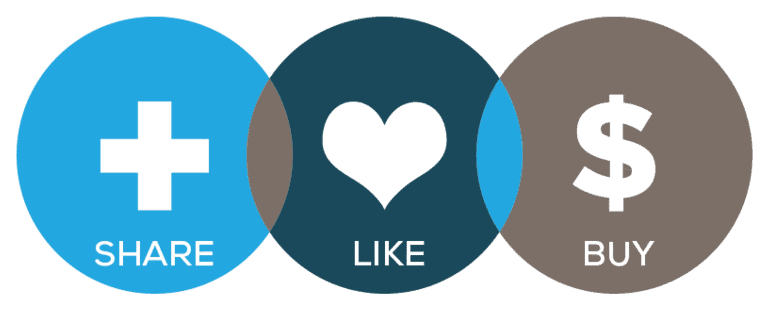
Hopefully, by this point you’re seeing millennials as less of an enigma and more as an exciting potential customer to partner with. As a subscription-based business, you already have an edge on capturing us because we’re already attracted to subscriptions!
To recap, paying attention to the following points will help you sell subscriptions to millennials and gain an important competitive advantage.
- Align your product with a purpose.
- Let us experience your product before purchasing it.
- Make sure you have a high quality product with a seamless user experience across all devices.
- Provide a self-service solution for when we have questions.
- Keep your marketing messages short and to the point.
- Your entire company matters (which include values and morals). We’re not just evaluating your product before we purchase.
Remember, by 2020 we’ll have an annual purchasing power of over $1 trillion. Millennials aren’t a customer segment you can afford to ignore.
If you have tips or tricks for selling to millennials, we’d love to hear (eh, read) them in the comments below.

